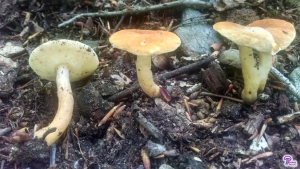#229: Buglossoporus quercinus
Buglossoporus quercinus is an interesting polypore that most of you probably haven’t seen before. I’ve seen it only once, myself, brought in at a mushroom club meeting. It reminds me of a yellow version of Ischnoderma resinosum. B. quercinus forms brackets that are fuzzy yellow on top with a white pore surface below. All parts of the mushroom stain brown when handled. The coloration and staining make it a unique mushroom. The Global Fungal Red List Initiative lists B. quercinus as “vulnerable” because it is rarely found and grows on only old oak trees – a habitat that is in decline across Europe. Although B. quercinus is primarily known from Europe, it was recently discovered growing in eastern North America.

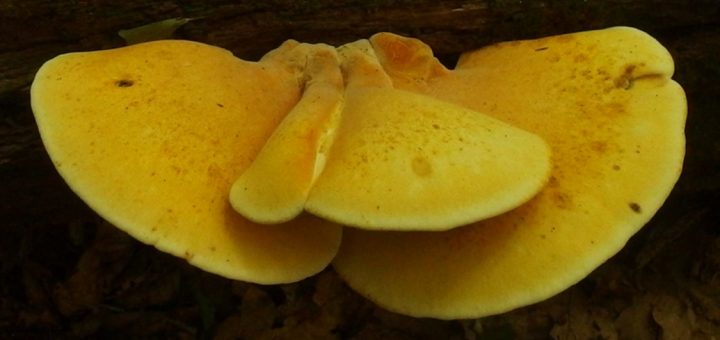
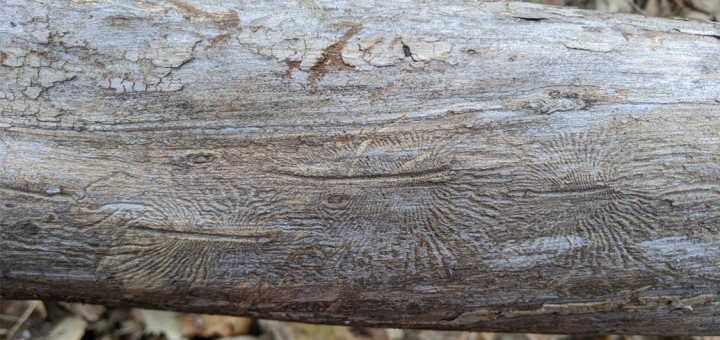
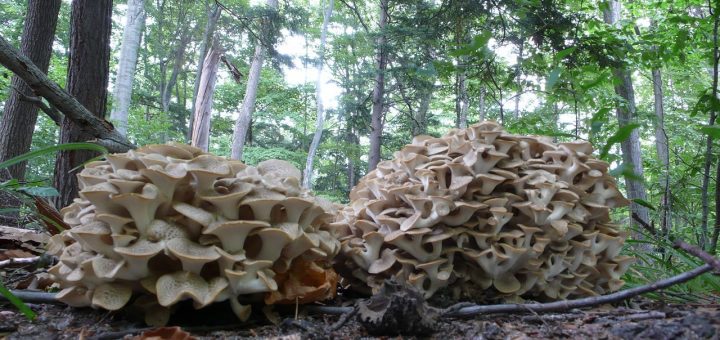
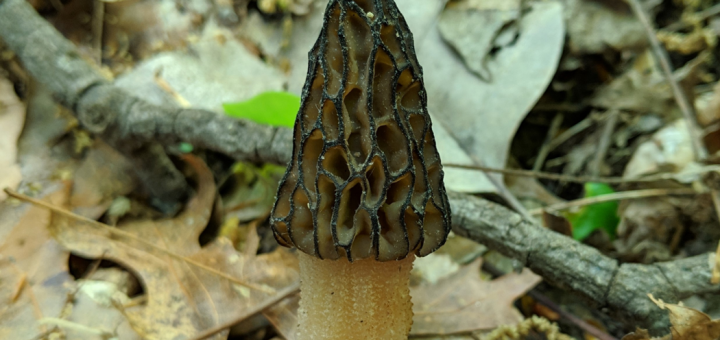
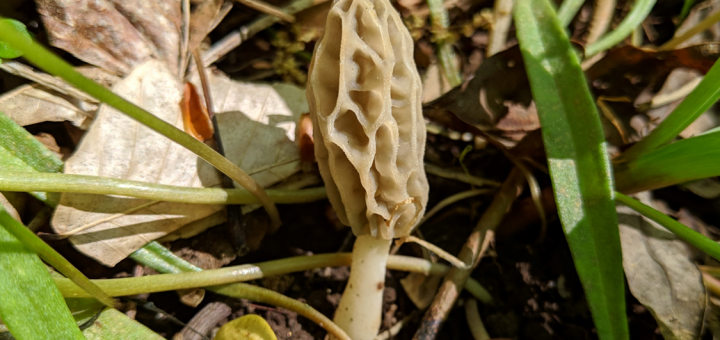
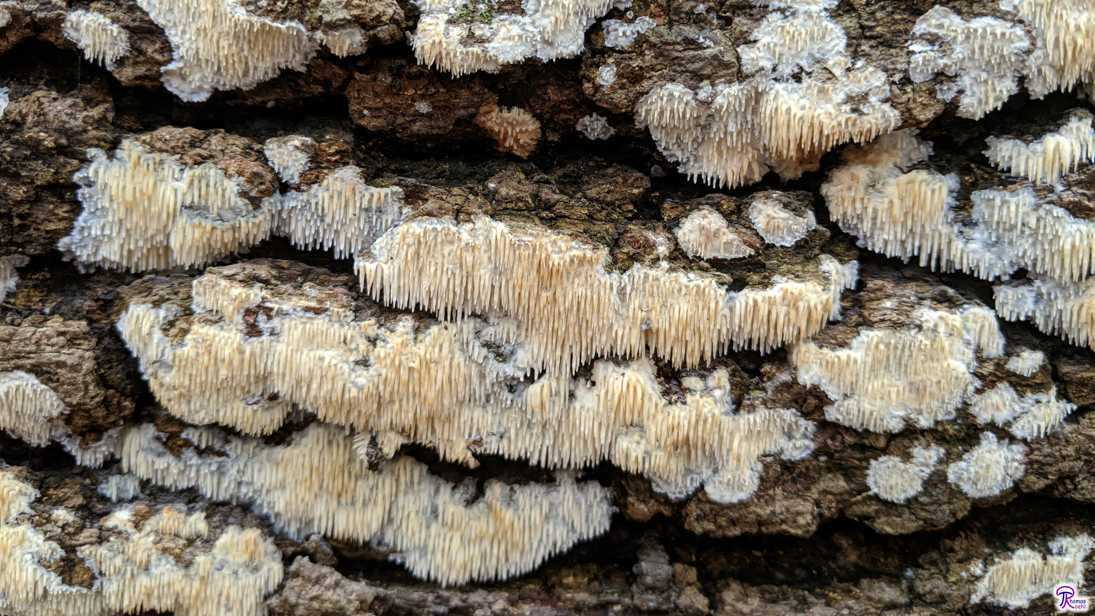
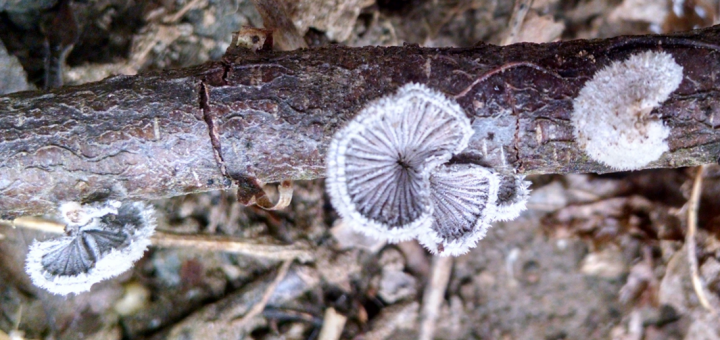
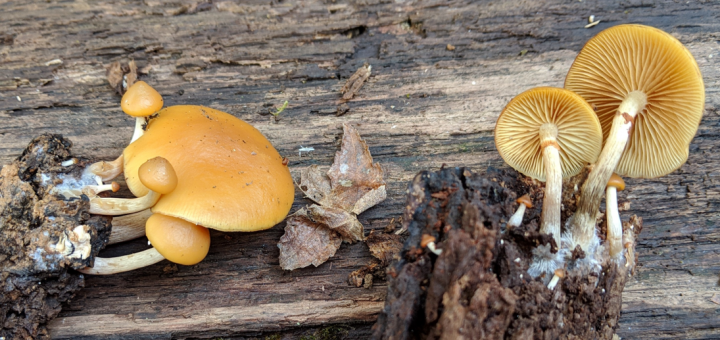

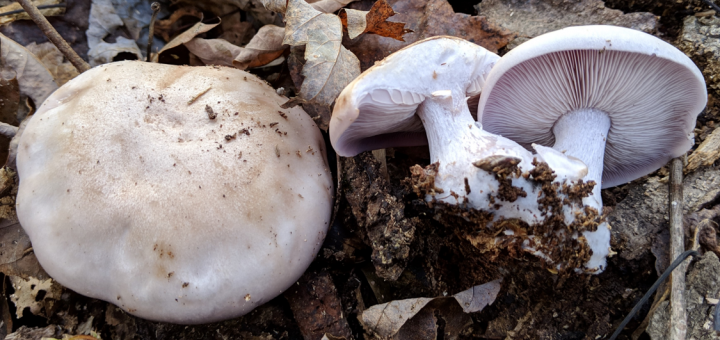





![#011: Characteristics of Kingdom Fungi [Archived]](https://www.fungusfactfriday.com/wp-content/themes/hueman/assets/front/img/thumb-small-empty.png)

